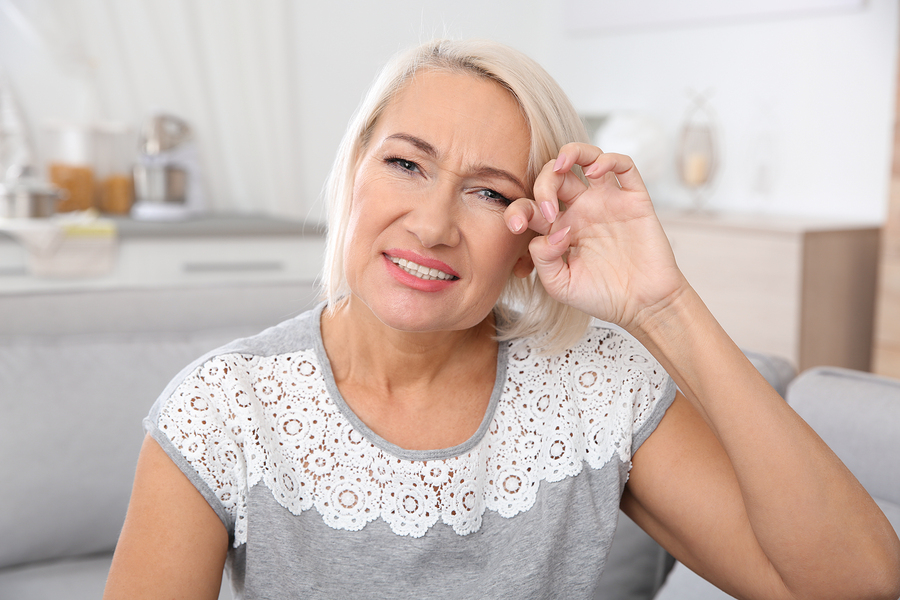Stye’s the limit
Although it is a common condition we usually only get one or two styes in our lifetime, but is there anything we can do to treat them?
A stye is an inflamed swelling on the edge of the eyelid that can be irritating and very painful. The small lump can either be found on the inside or the outside of the eye. Vision is not usually affected but the eye may be red and watery.
Styes – the science
If the stye is located inside the eye it will appear as a painful red lump inside the lid. The meibomian gland will be infected and so this type of stye is known as a meibomian cyst.
If the stye is located on the outside of the eye it will be along the edge of the eye lid either just above or under the eyelash. An infection can occasionally result from the usually harmless staphylococcal bacteria which live on our skin and can manifest itself in one of three ways:
- as an infection on an eyelash follicle
- an infection on a sebaceous gland attached to the eyelash follicle or
- as an infection of a sweat gland that empties into the eyelash follicle called the apocrine gland.
What is the treatment for a stye?
Sadly there is currently no over the counter treatment or licensed eye drops, creams or ointments available to treat a stye, however, the good news is that styes usually disappear within 1 to 3 weeks without treatment.
A stye will develop quickly and after a few days will be filled with pus, forming a ‘head’. Within 3 to 4 days the ‘head’ will burst and the pus will drain out. The inflammation will then start to reduce and the eye should return to normal.
Applying a warm compress should help to ease pain and draw out the pus but the stye will still take its time to go away by itself.
If the pain is too much to bear then your GP or local eye clinic may remove the eyelash so enabling the stye to drain. They may also elect to drain the stye with a fine sterile needle.
Antibiotics will not help with getting rid of a stye and so are not usually prescribed unless there is another eye infection or conjunctivitis.
If you find you are having regular bouts of styes or if the stye persists then you should make an appointment to see your GP as they can refer you to a specialist or ophthalmologist. There is a condition known as Blepharitis which would need to be considered.
Whilst you have the stye, eye make-up or contact lenses should be avoided.
Disclaimer
All content on Silversurfers.com is provided for general information only, and should not be treated at all as a substitute for the medical advice of your own doctor or any other health care professional. Silversurfers will not be responsible or liable for any diagnosis made by a user based on the content on www.silversurfers.com and we are also not liable for the content of any external websites or links from or to Silversurfers to any other websites. Please always consult your own doctor if you’re in any way concerned about any aspect of your health
Melina - Assistant Editor
Latest posts by Melina - Assistant Editor (see all)
- Cream Cheese Orange Bars - May 2, 2024
- Top tips for hay fever sufferers - April 14, 2024
- Paysan Breton Cream Cheese Breakfast Wraps - April 12, 2024
- 4 Homemade Sweet Treats for Easter - March 24, 2024
- Playground Memories - March 10, 2024





















